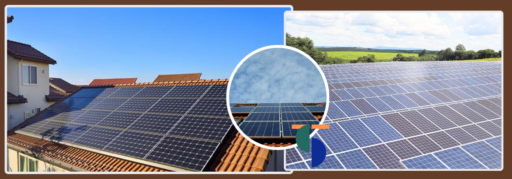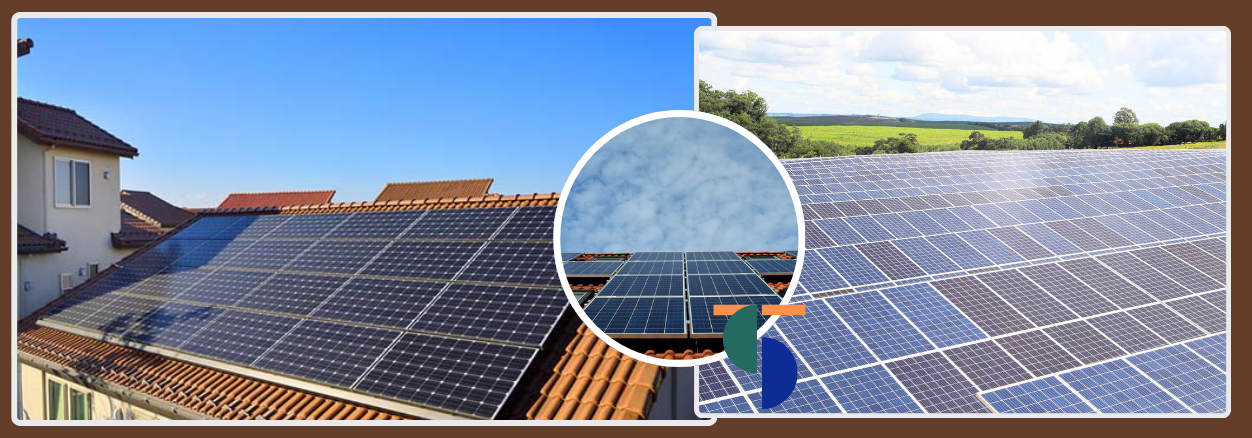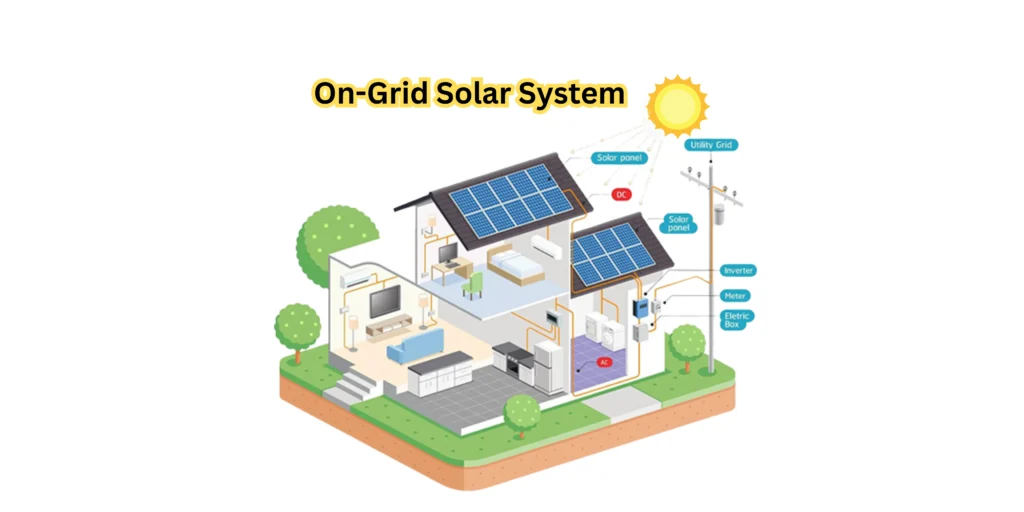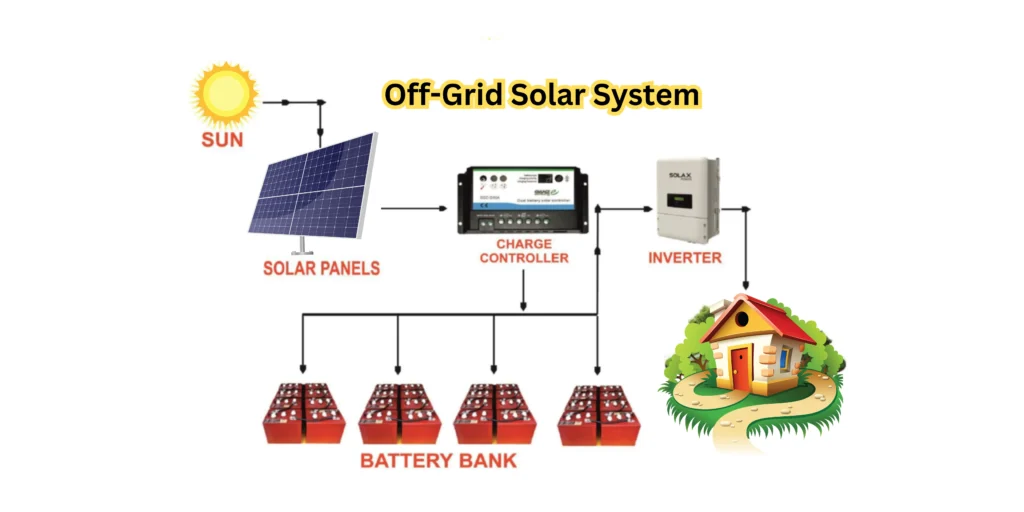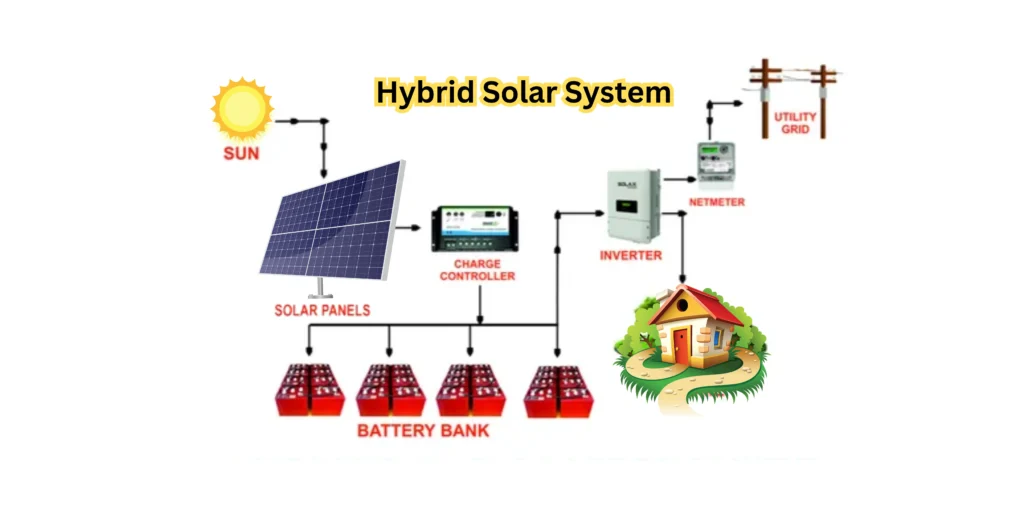Solar Energy is free to use and it is gaining popularity at a rapid rate. It is the best alternative to conventional energy resources in addition to reducing climate change and carbon footprint emissions. This method of energy production will definitely save the hard earned money of the house owner in a long run!
How frequently could you witness a solar rooftop installed in early days? Bu the scenario is changing, and it is changing very rapidly as the awareness of solar power has showed its impact and in the coming times it will be difficult to identify a house without a solar rooftop installed for energy production.
As per the reports provided by the United States Energy Department, it is expected that solar power can produce enough energy i.e. almost 40% of the energy production required by the US electric supply by 2035 and around 45% production by 2050. This survey clearly indicates that solar power is the future of energy generation for countries across the globe including densely populated countries like India, China, United States, and others.
The energy produced from solar power will directly benefit the house owners by a solar rooftop plant installation at their place. The rooftop projects on industries, commercials will lower the burden of the state electricity board and effectively reducing the carbon footprint emissions supporting in the decrease in the climate change and global warming.
You can use platforms like Utility bidder to track and find the best deal on your utility bills. You can compare costs and find the best service provider to install your solar rooftop system for continued service.
What is a Solar Rooftop System?
A solar rooftop system is a system in which the solar panels of different watt-peak capacity are connected in series and installed on the rooftops of residential houses, apartments, industries, government and private institutions, and commercial buildings. These solar rooftop system harness the energy of the sun and transform it into electrical power. The process is done with the help of an inverter that converts the direct current DC power generated by the solar panels installed on the rooftop to the alternating current AC power as majority of the household and commercial appliances run on AC power.
Merits:
- Return on investment in 4-5 years under effective conditions
- Minimal maintenance as it has high efficiency and lasting period for 25-20 years.
- Clean and renewable energy reducing dependency on fossil fuels, thus decreasing pollution.
- Very less transmission and distribution losses are incurred in the process.
- Effective utilization of empty space on the rooftop
What are the different types of Solar Systems?
There are mainly three types of solar systems that are feasible and employed commonly.
-
On-Grid Solar System
In this type of solar system, the solar rooftop system is integrated with the main grid of the electric supply provider. In this type of system, the power is utilized from the grid to meet the required electric demand when there is no supply from the installed rooftop system. There is no battery backup in these systems as they are connected to the electricity grid. The excess power that is generated after the utilization is exported to the grid. The net-metering system allows the house owners to generate revenue from the excess electricity produced.
-
Off-Grid Solar System
In this type of solar system, the solar rooftop system is not integrated with the electric grid, rather it has a battery storage incorporated with the system. The power produced from the solar panels is utilized to meet the required demand and the excess electricity produced is stored in the battery which can be used in future when there is no sunlight.
The off-grid solar rooftop system has no connection with the grid and utilizes the energy stored in the battery. The excess power from the installed system charges the battery which fulfills the electric power requirement. These systems are a little bit expensive than on-grid system due to battery backup and added maintenance.
-
Hybrid Solar System
Hybrid solar system is a combination of on-grid and off-grid solar power system. It can communicate with the power gird and store excess amount of electricity in the battery as storage. When the power grid is unable to supply electricity, the stored energy in the battery meets the electric demand. In this system the generated power will offset the power of the electric grid when the solar panels are functional in day-time and transfer the excess power to the grid which can be utilized in future. The on-grid and off-grid systems both work in co-ordination in hybrid system. When the battery is fully charged, the excess power does not gets wasted and is sent to the grid for revenue generation.


